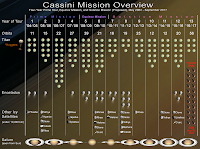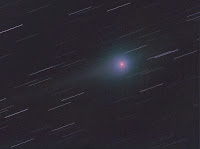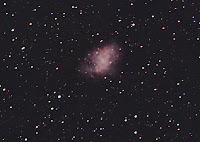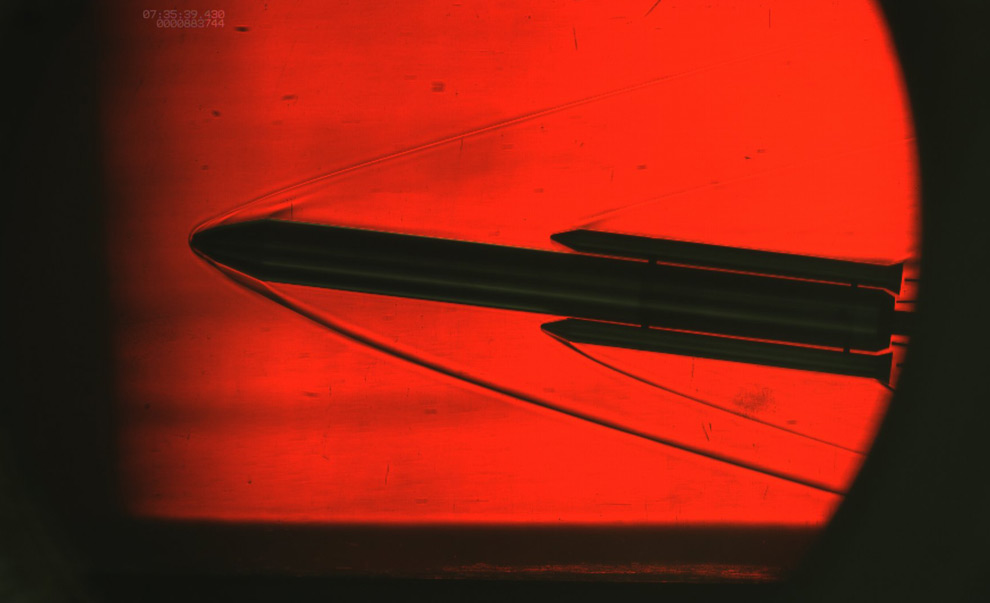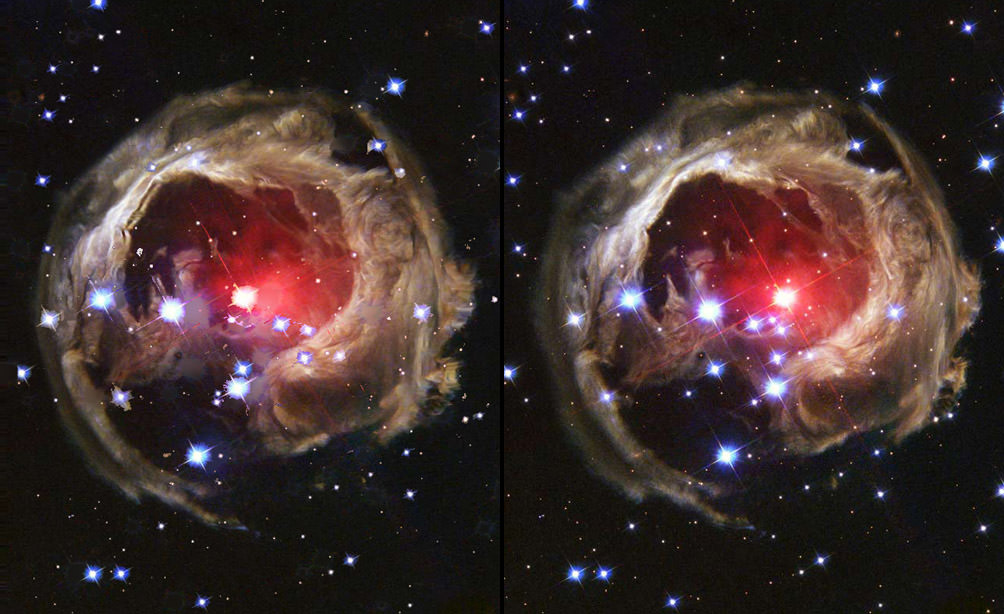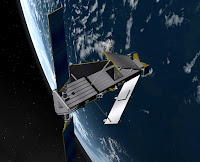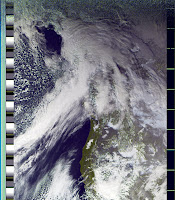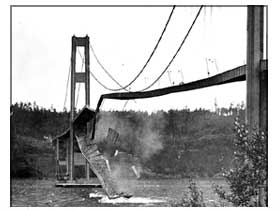I'm writing this to vent some of my extreme frustration over yesterday. As we know, Comet Lulin is in the skies right now. At this time it's just past Regulus in the constellati
 on of Leo, and well placed high in the southern sky in the evenings. Higher is better, since there is less atmosphere to distort the view. So, all day yesterday (this is the day after another frustrating 3 inches of snow - which vanished quickly) I look out of my 10th floor office window and see Mt. Rainier super clear to the south. You know the days, it's when it's so clear that every time you look over it seems to be closer? By around lunchtime it was just south of Boeing Field "it lifted it's skirt and took a few steps forward" to quote my sister Linda who was also pleased with how the day looked..
on of Leo, and well placed high in the southern sky in the evenings. Higher is better, since there is less atmosphere to distort the view. So, all day yesterday (this is the day after another frustrating 3 inches of snow - which vanished quickly) I look out of my 10th floor office window and see Mt. Rainier super clear to the south. You know the days, it's when it's so clear that every time you look over it seems to be closer? By around lunchtime it was just south of Boeing Field "it lifted it's skirt and took a few steps forward" to quote my sister Linda who was also pleased with how the day looked..Anticipating that we'll FINALLY get a great clear night for comet imaging, I was getting excited about the evening. A couple friends were coming over to play out back in our backyard observatory also. The Clear Sky Ch
 art was even showing perfect conditions until about 2am. PERFECT! Plus, as a bonus it was Friday and we could do a late night of viewing.
art was even showing perfect conditions until about 2am. PERFECT! Plus, as a bonus it was Friday and we could do a late night of viewing.3:30pm, I look out and Rainier had put on it's hat and it's "skirt" trailed off to the south. Quick peek at NOAA satellite images showed clouds quickly coming up from the south. Olympia - already 5,500 broken. Arrgghh!
5pm - game over! Nothing. Comet hidden, sky gone, disappointment maxed out to highest level, evening worthless again.
This is basically the typical pattern here in Seattle we have had on clear days for about the last 2 years. Fine during the day, clouds return at night. It does clear up a few days a month - during the FULL MOON! That is useless for anyone into deep sky observing like myself. The two big summer star parties over the last two years have been a total bust. Table mountain - clouds wind, freezing temperatures in August. Deception Pass - Clouds rain.
I'm not done, there's more. Light pollution. When it does clear, for the most part, there is always some haze in the sky, but that falls under the "cloud whining" mentioned above. It used to be that the sky appeared kind of pink here, but now I'm noticing that the sky, at lea
 st toward the west, has a bluish tinge to it. I'm thinking that is from the new "The Landing" mall down the hill from me. I was assured by the city of Renton (yes I did contact them about this) that lighting would follow strict rules and not go upward. I think they kept the promise, but I'm sure it's bouncing off the ground and going up. There was bill in the works (HB 1069) to reduce light pollution in Washington state that was going to the legislative session coming up. I just found out that it was canceled or shelved for another year....money. Don't they realize that good lighting will save money plus a lot of other bonuses? Everyone would win with this. It would cost something like $72,000 and the state is already in very deep financial trouble. Thanks to the economic mess, I think saving money on lighting has been ignored now.
st toward the west, has a bluish tinge to it. I'm thinking that is from the new "The Landing" mall down the hill from me. I was assured by the city of Renton (yes I did contact them about this) that lighting would follow strict rules and not go upward. I think they kept the promise, but I'm sure it's bouncing off the ground and going up. There was bill in the works (HB 1069) to reduce light pollution in Washington state that was going to the legislative session coming up. I just found out that it was canceled or shelved for another year....money. Don't they realize that good lighting will save money plus a lot of other bonuses? Everyone would win with this. It would cost something like $72,000 and the state is already in very deep financial trouble. Thanks to the economic mess, I think saving money on lighting has been ignored now.I've been pretty hard-core into Astronomy for almost the last 10 years now, but I'm getting so frustrated with it all. I want to buy some new filters for imaging, but wondering if I should just drop that idea? Is 2 or 3 marginal nights in a 4 month period even enough to justify a a few hundred dollars for new filters?
Now where did I put that bottle of vitamin D3 to cover my sun deficiency....?


